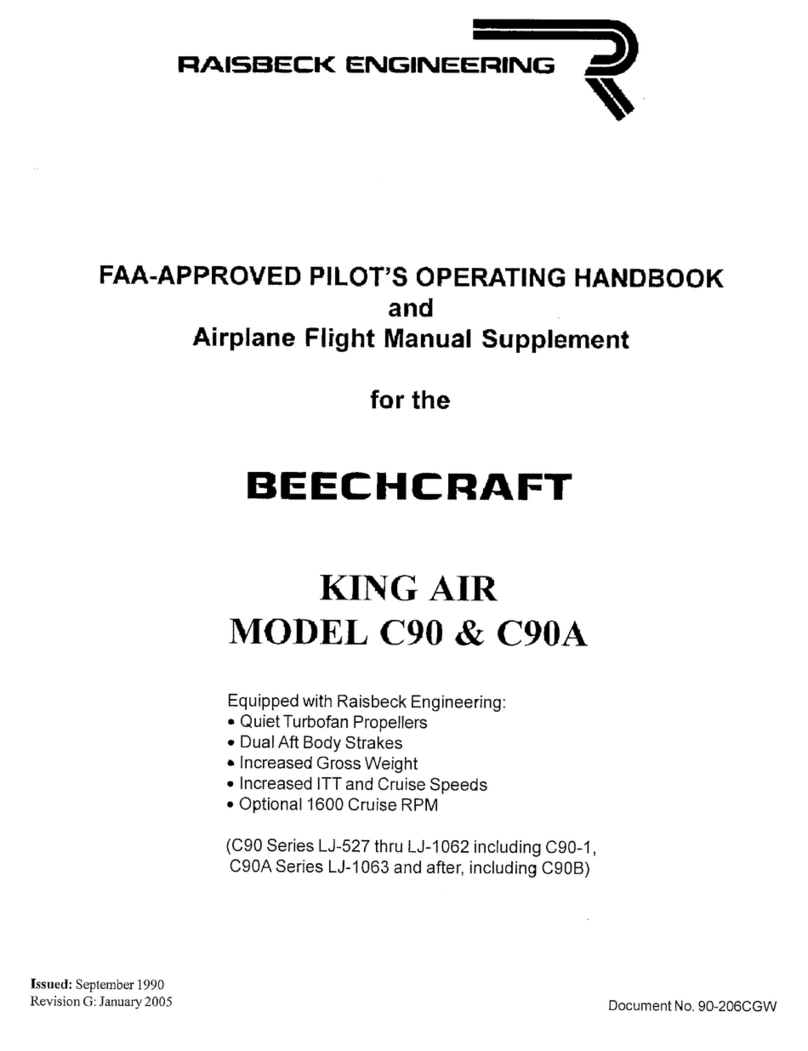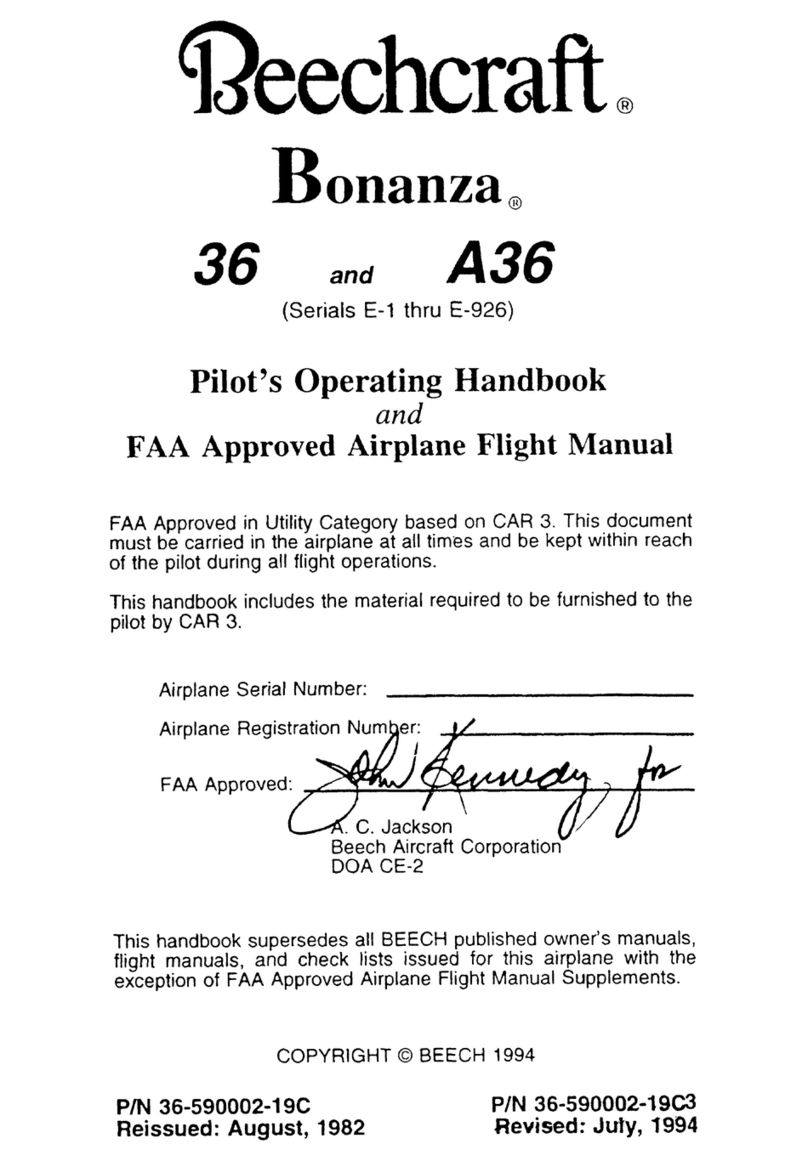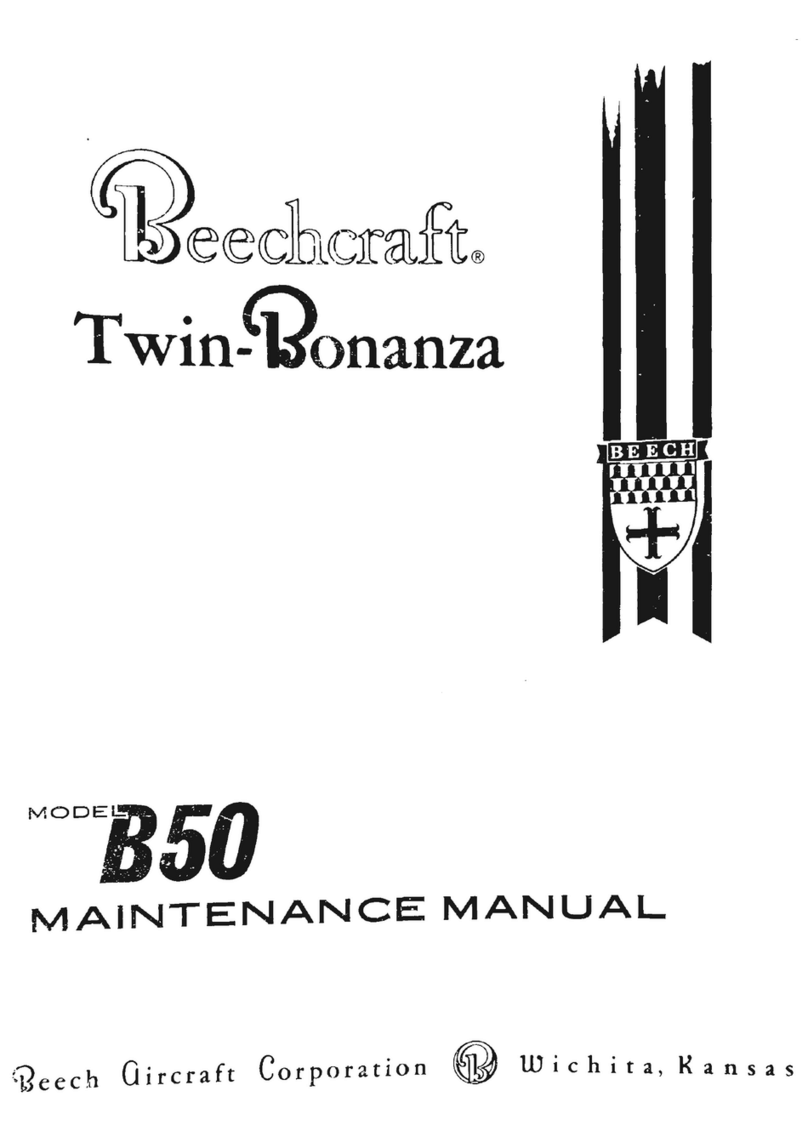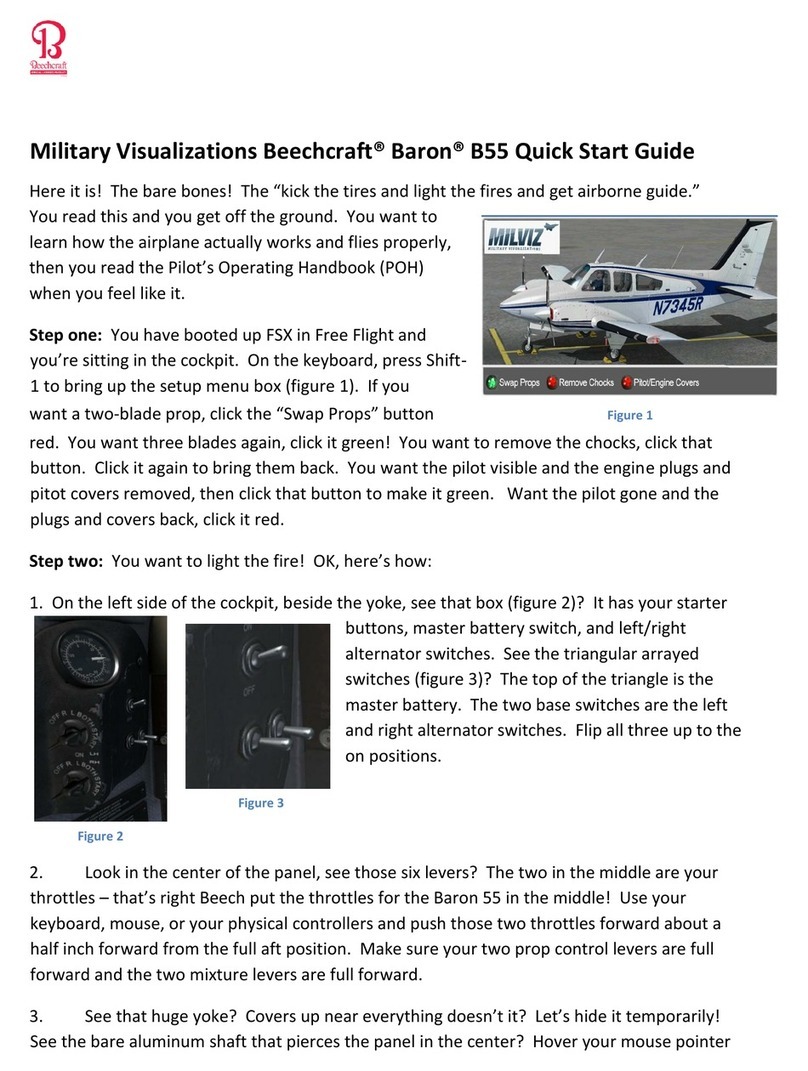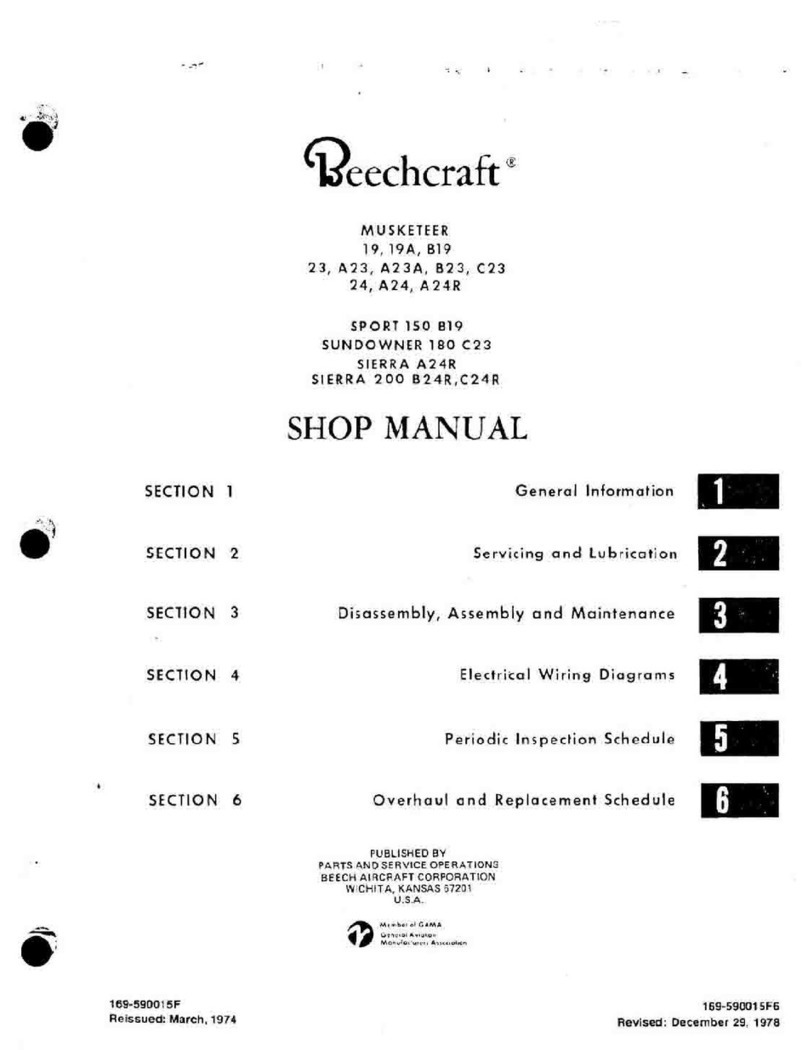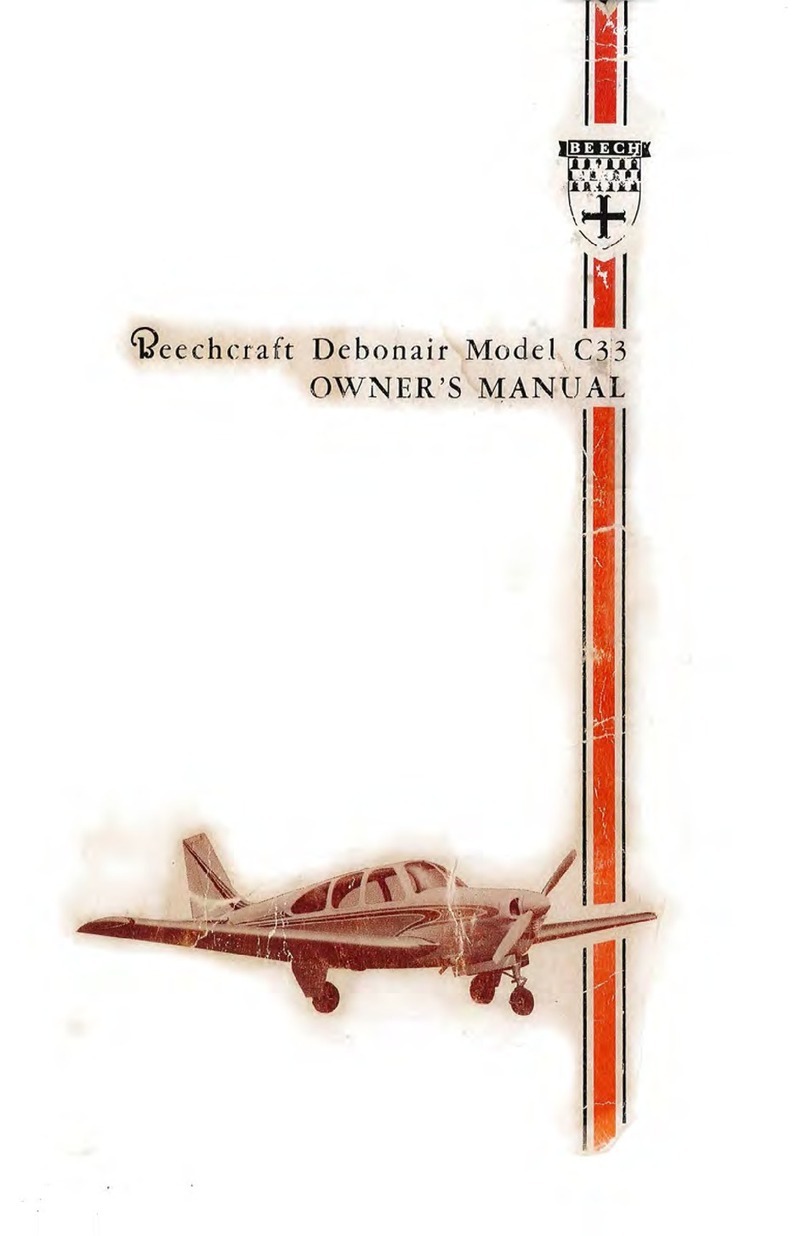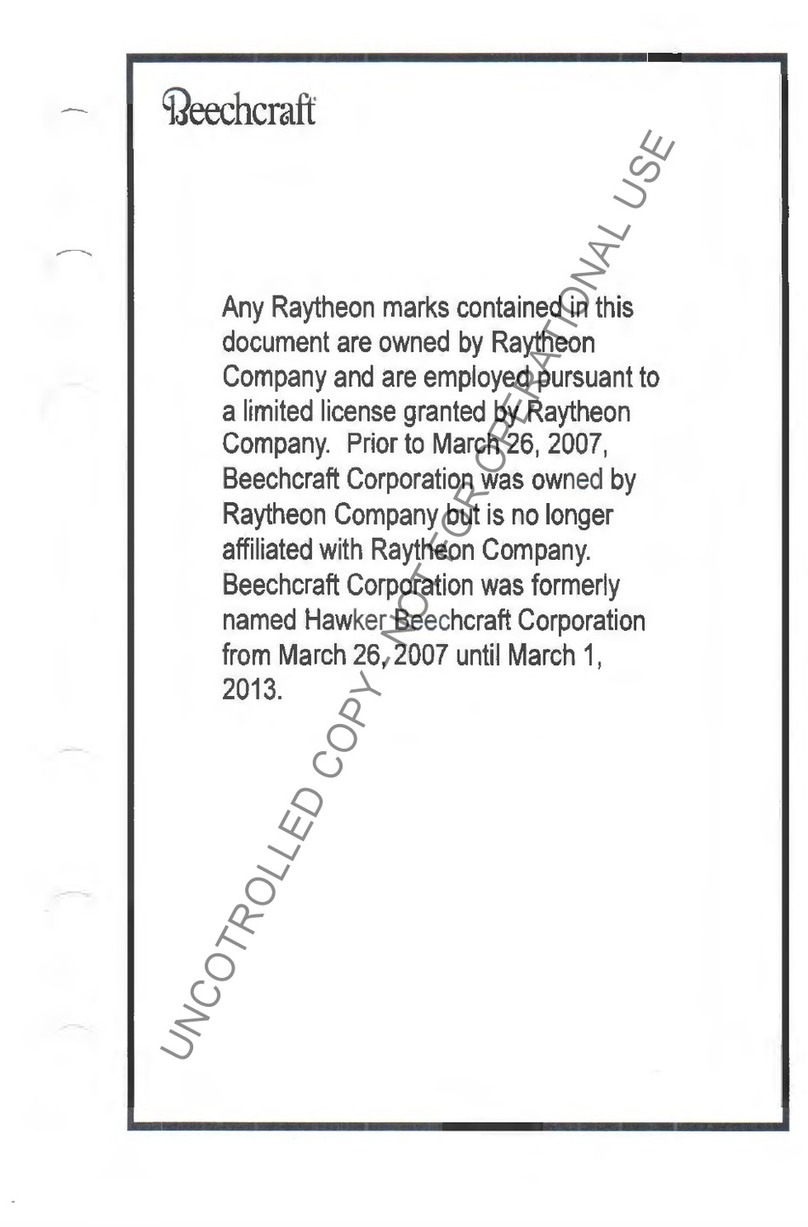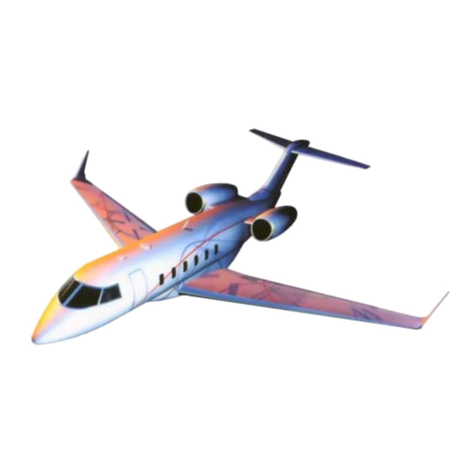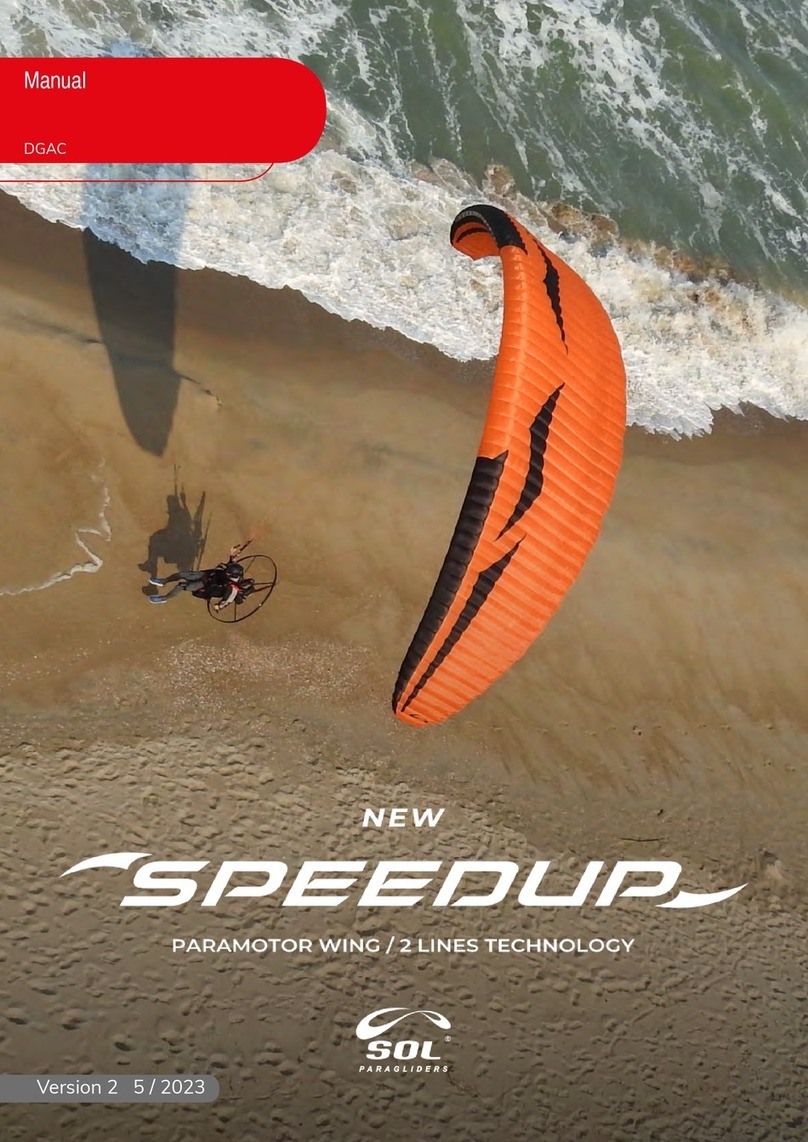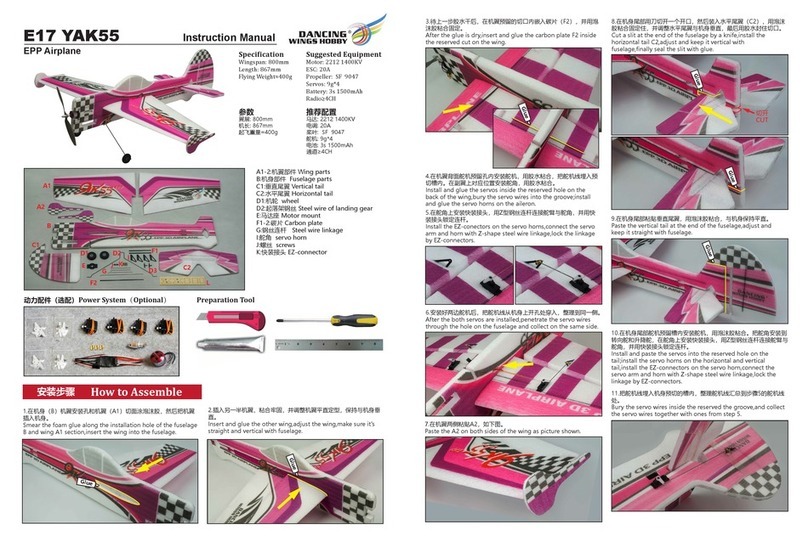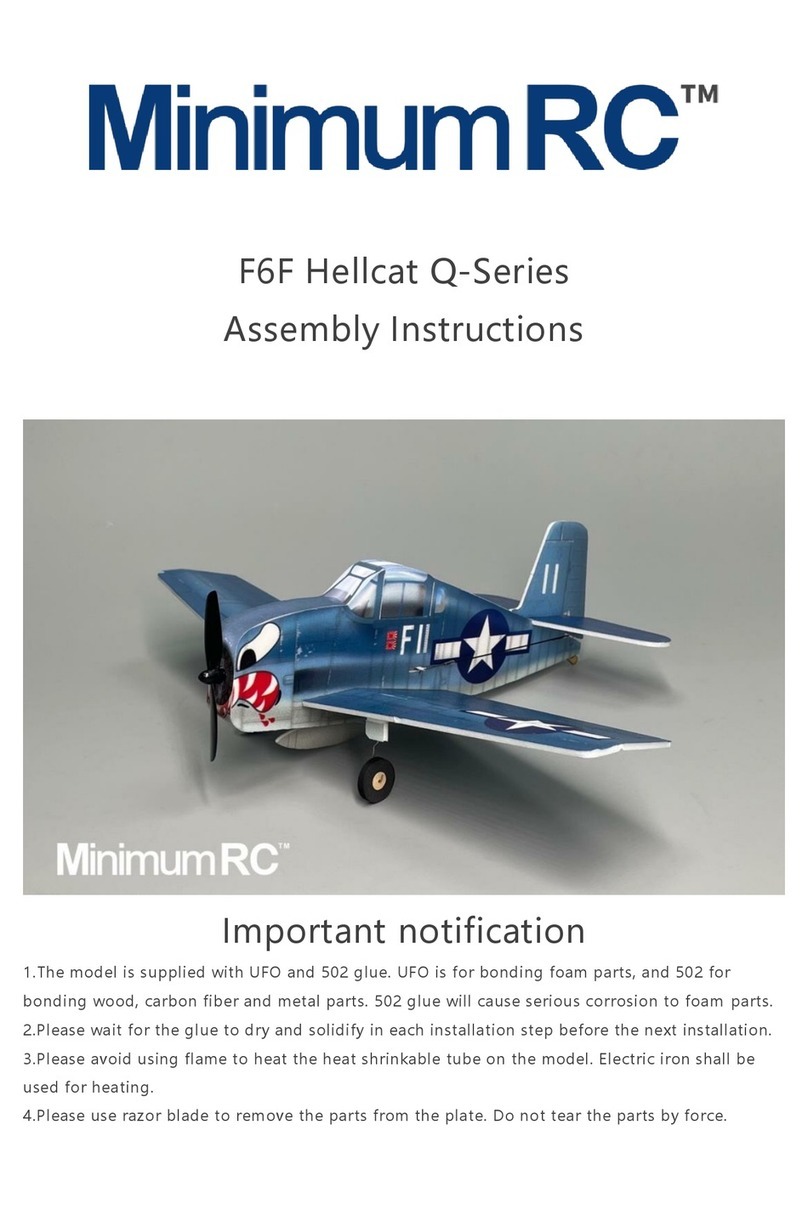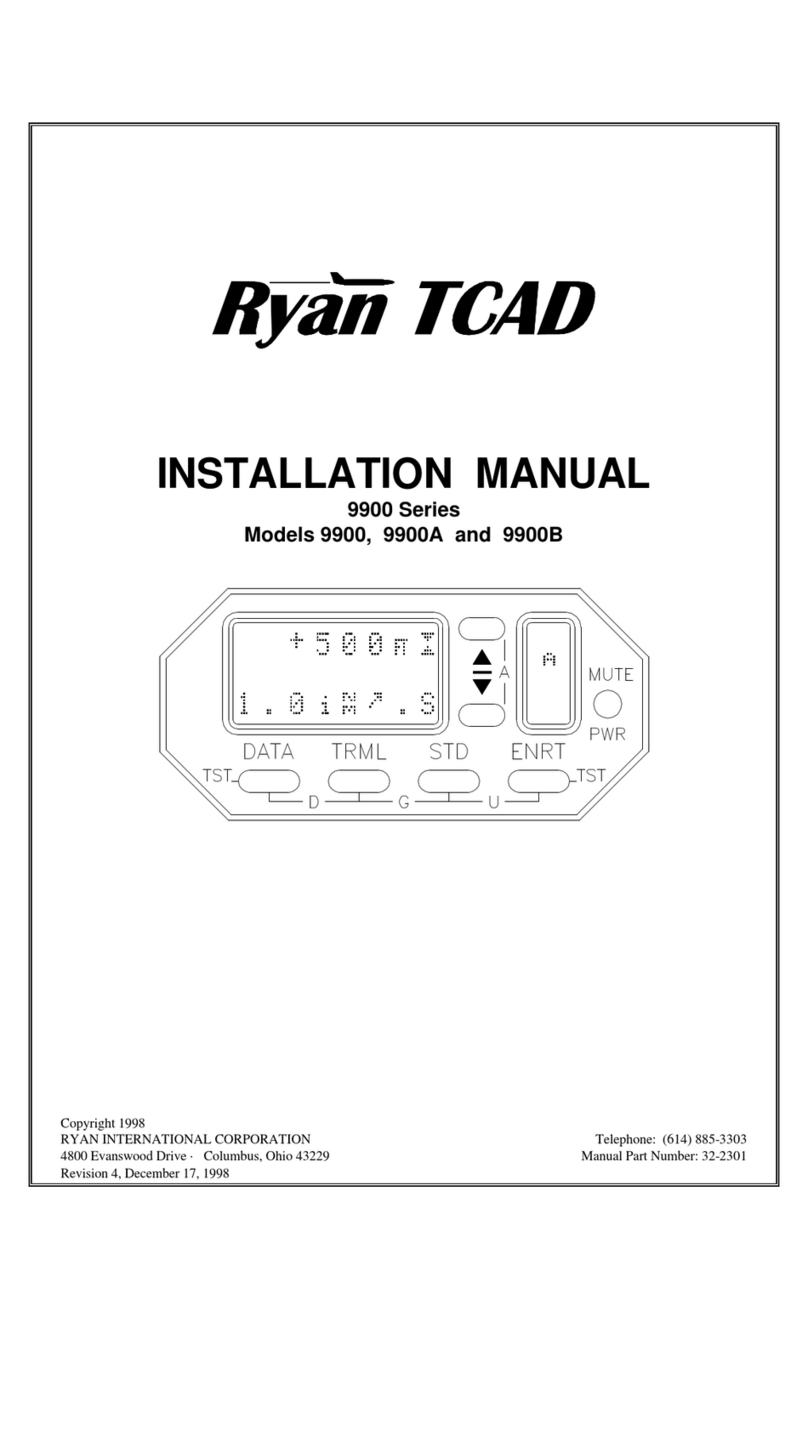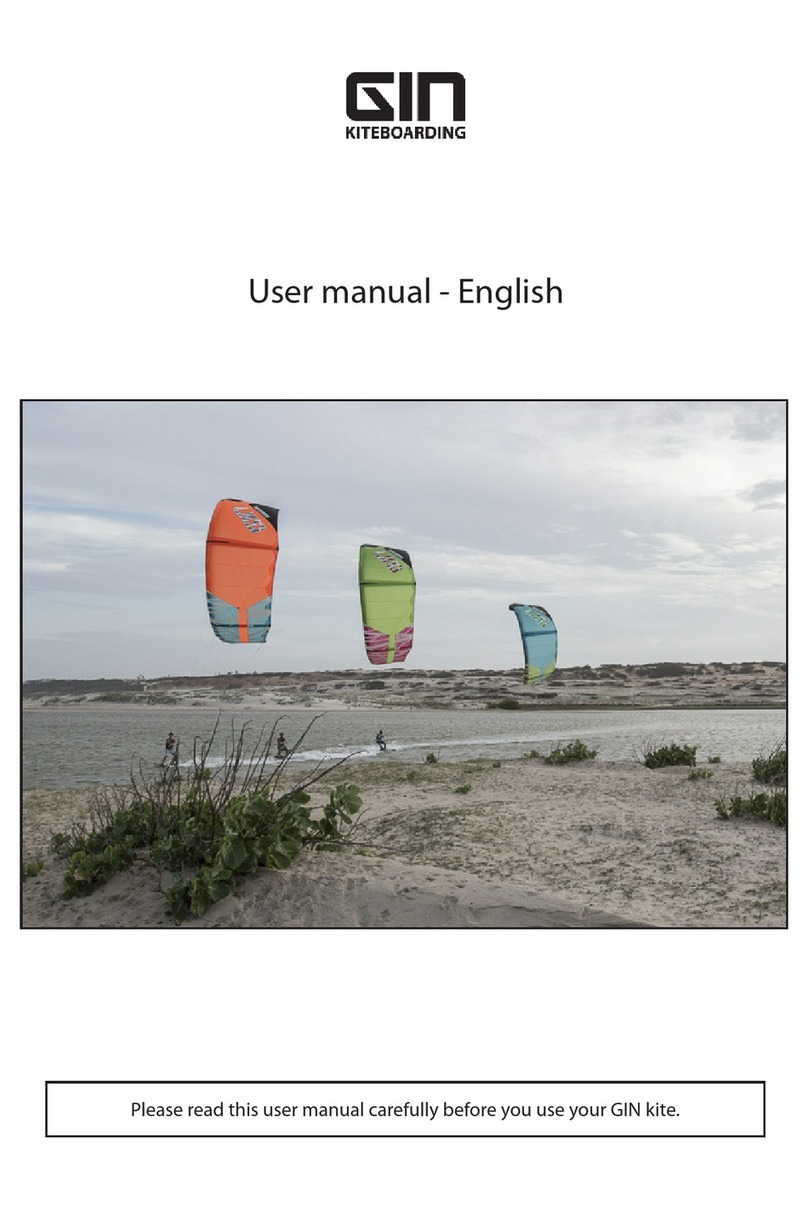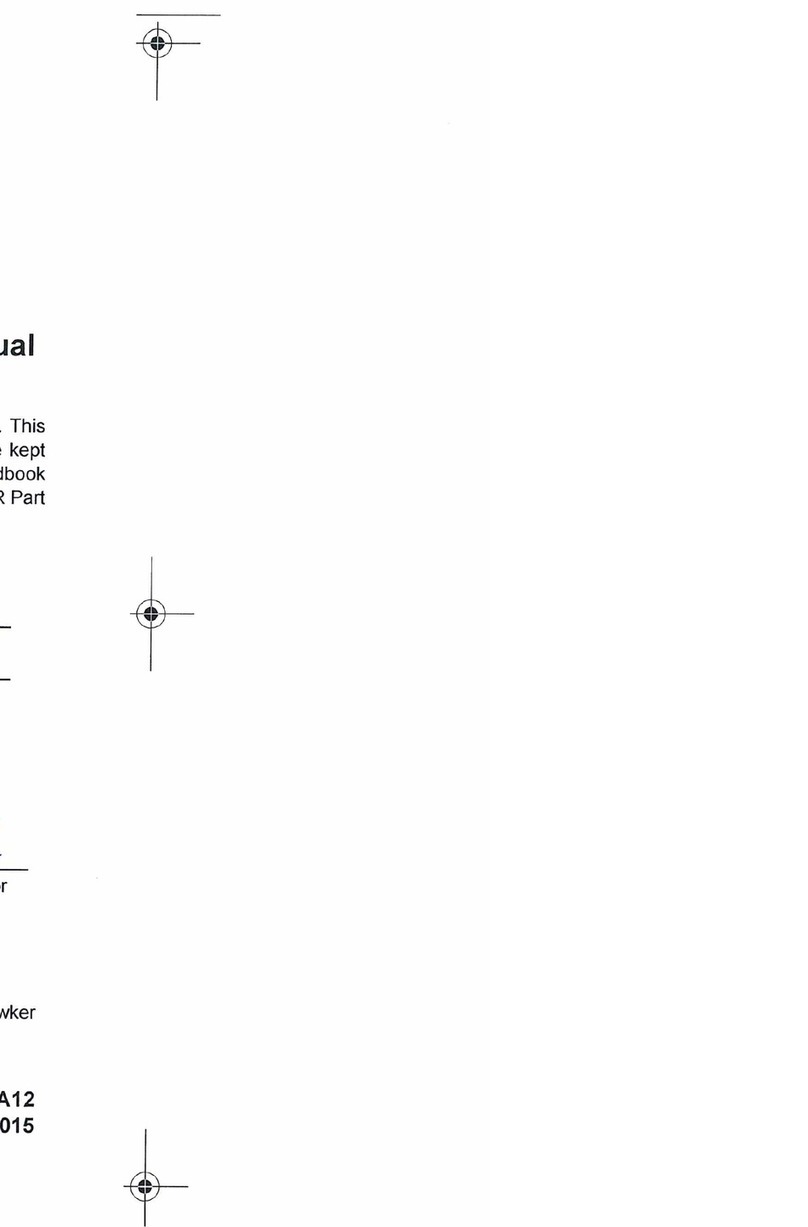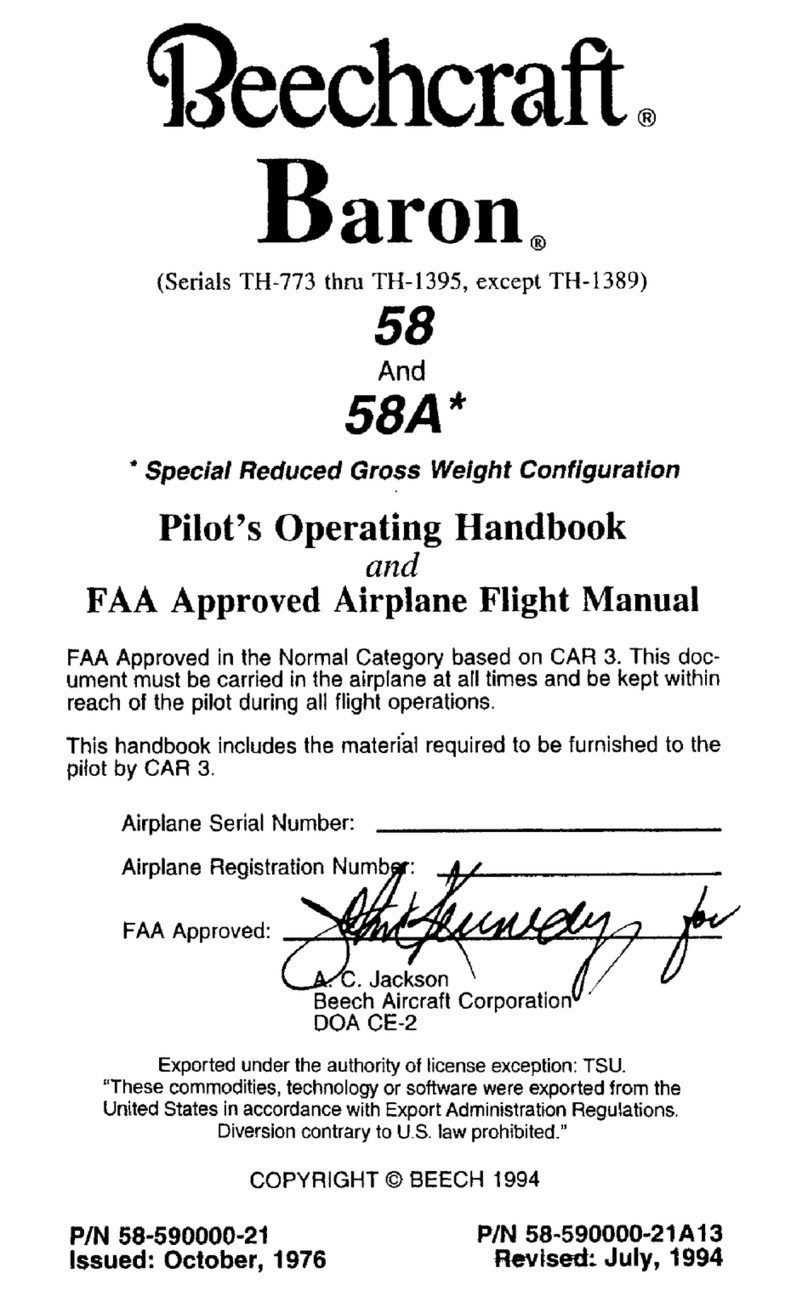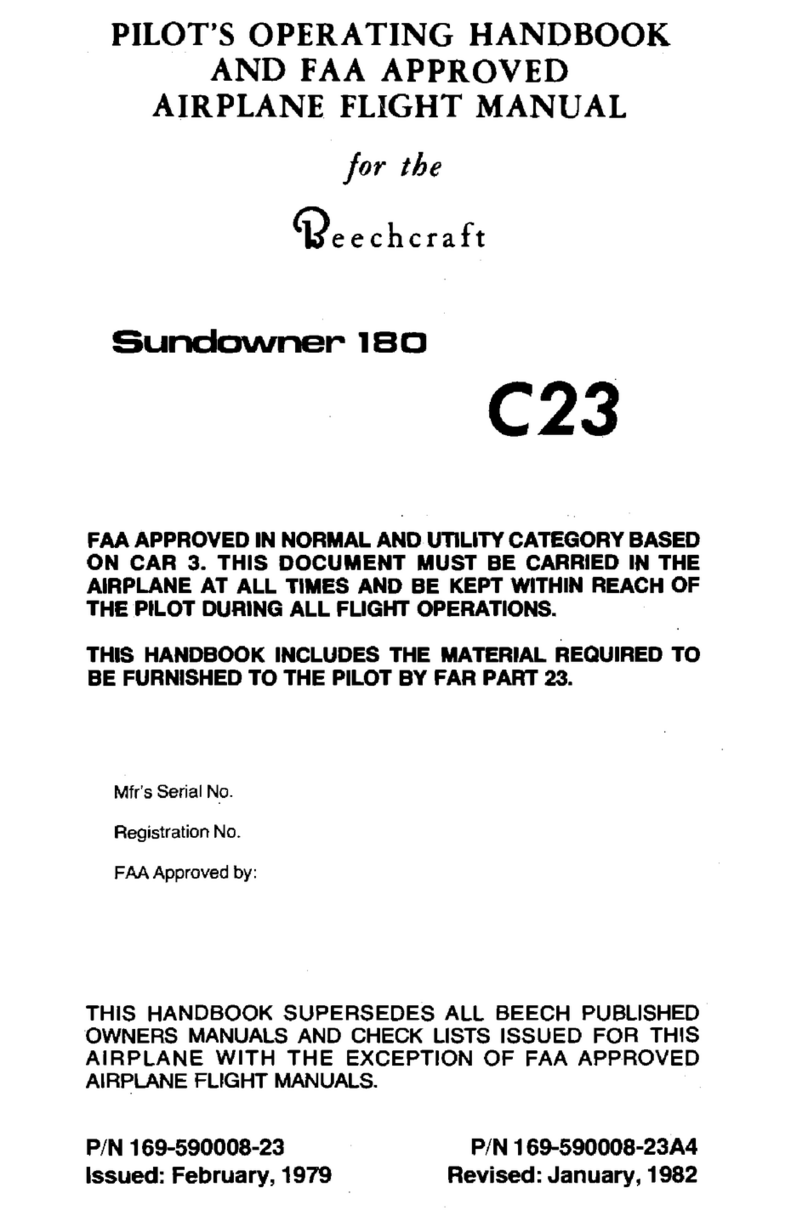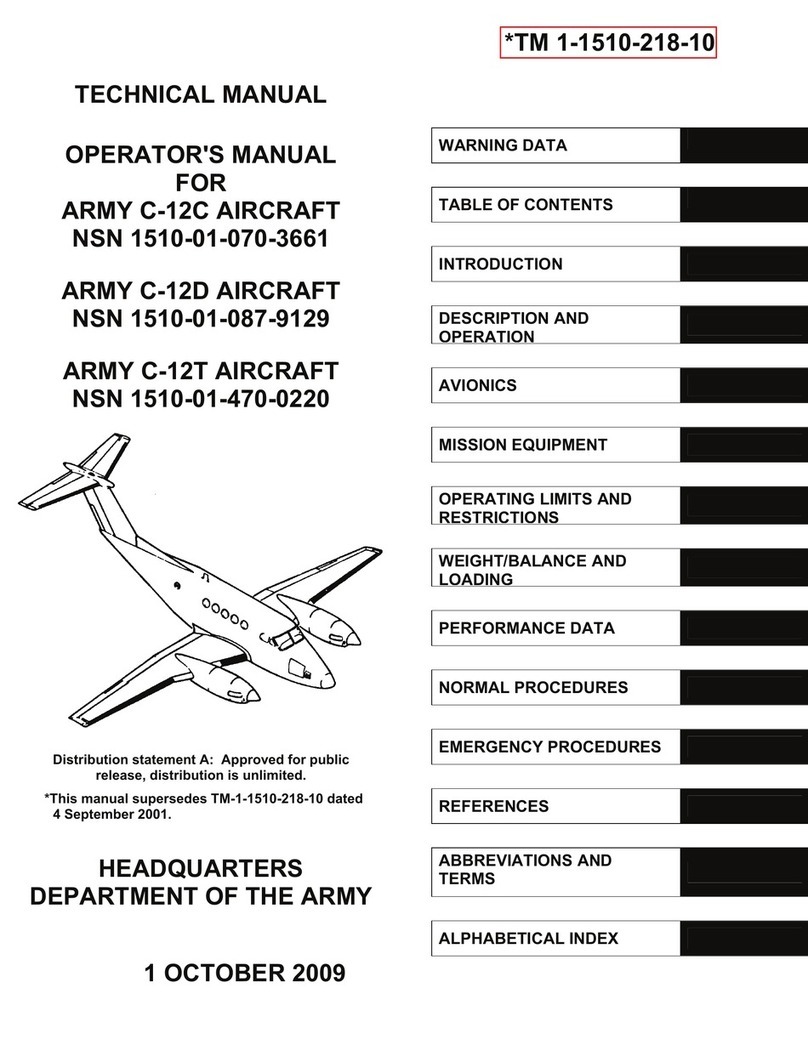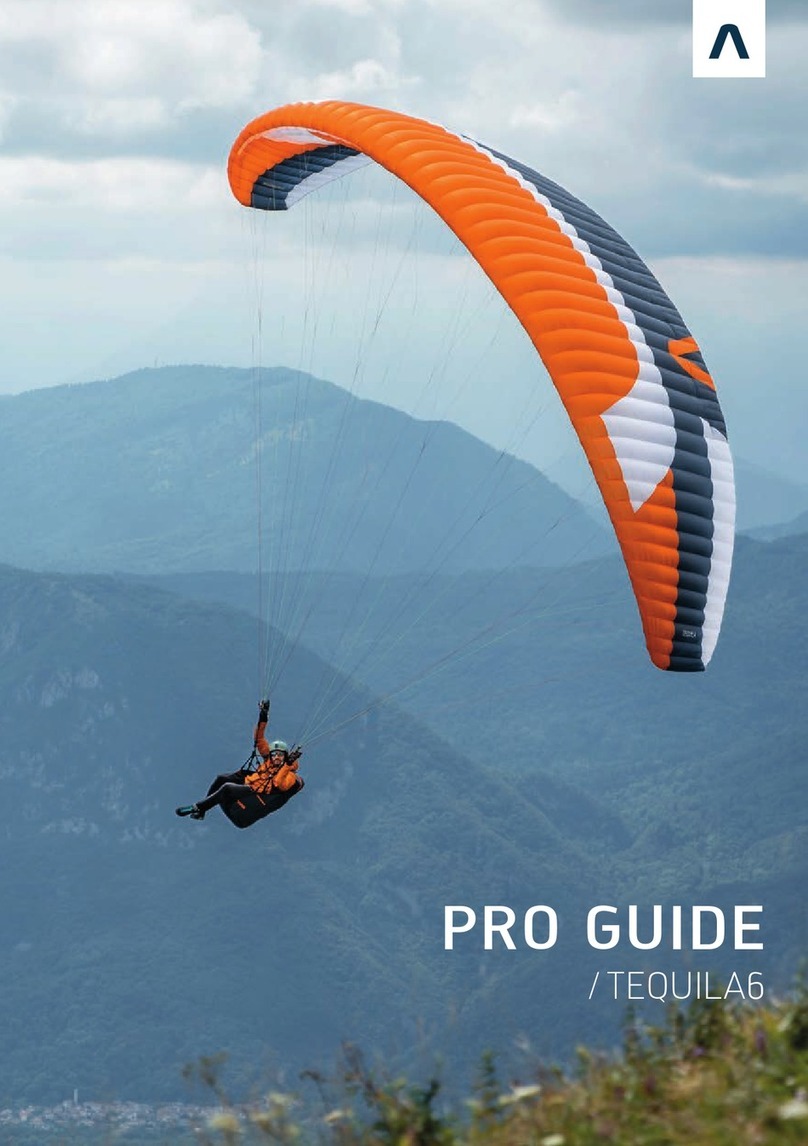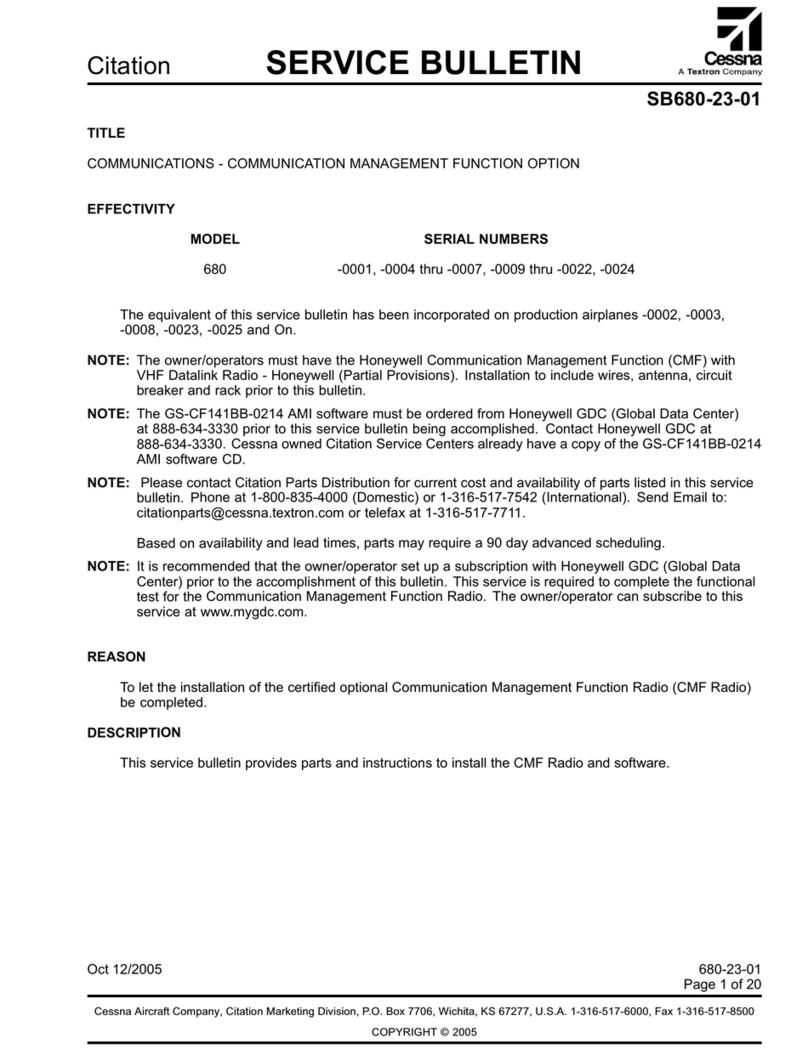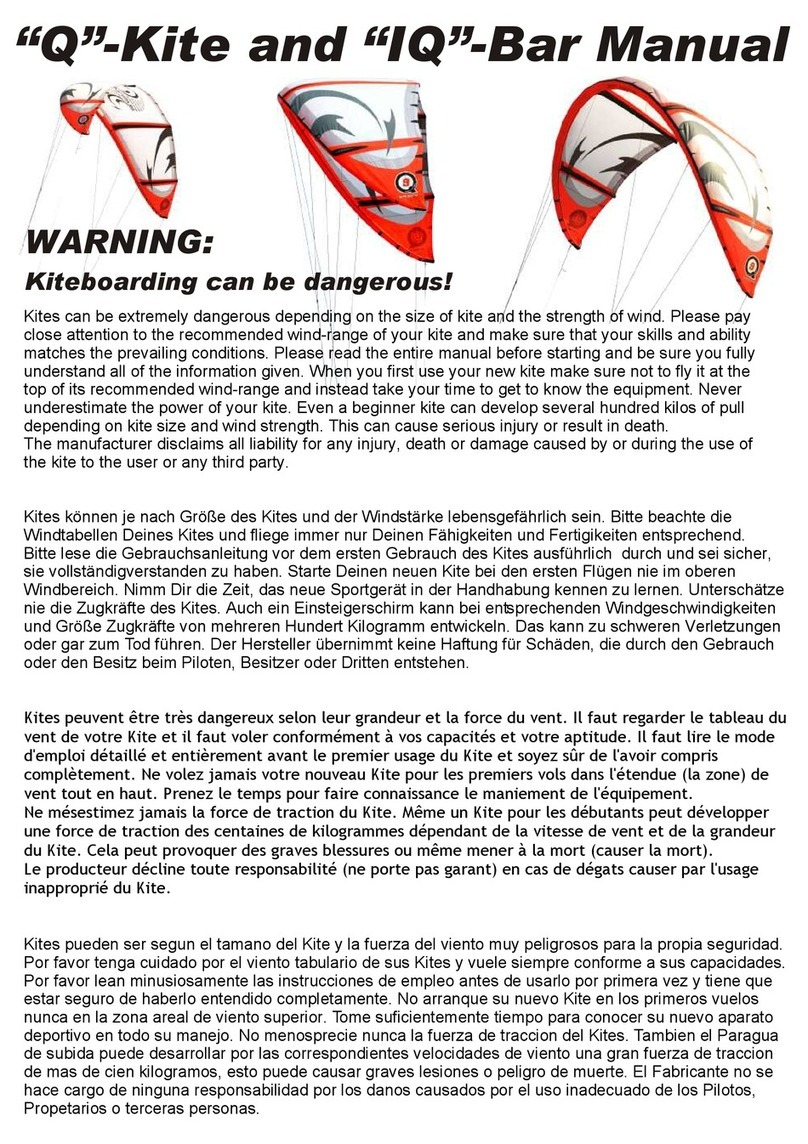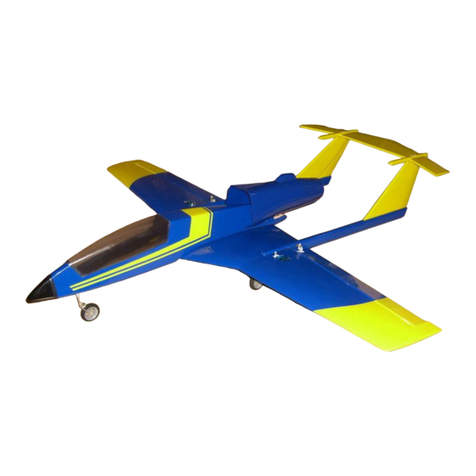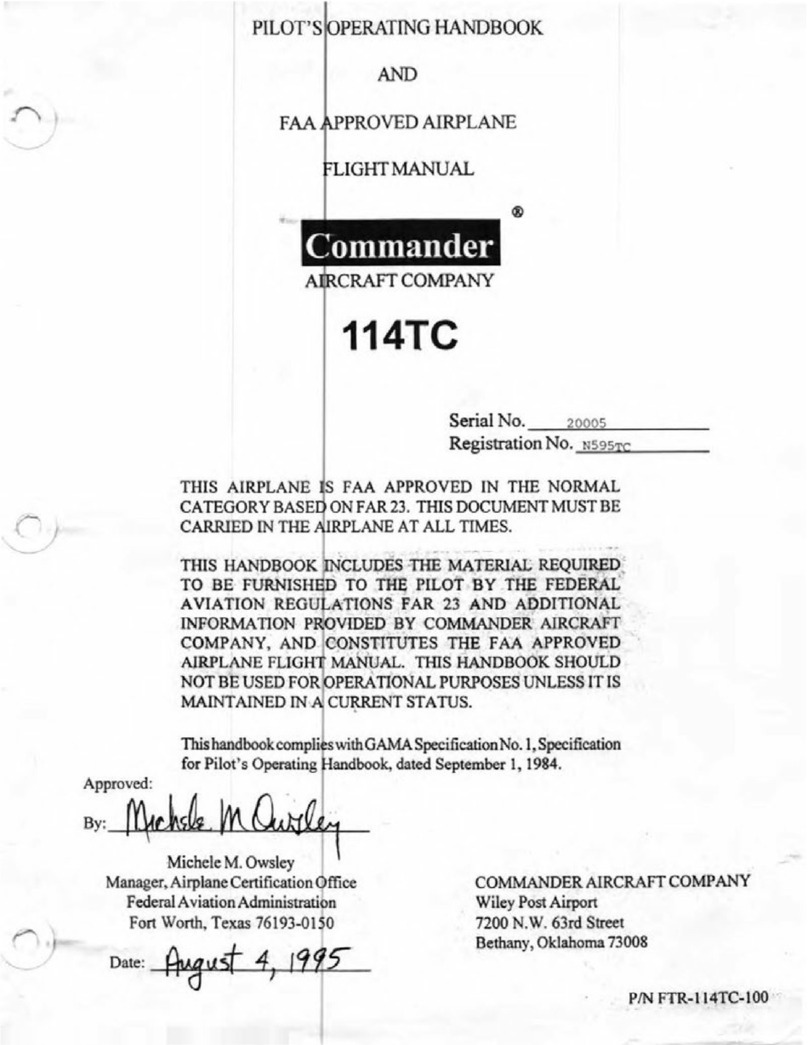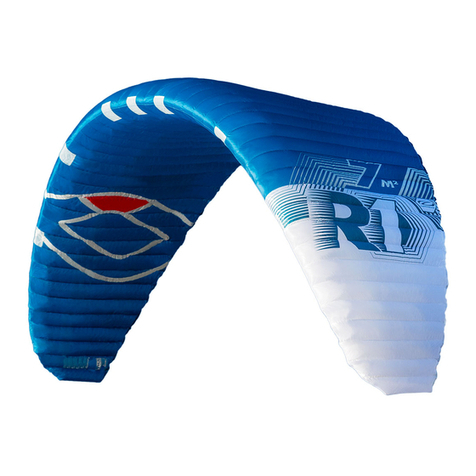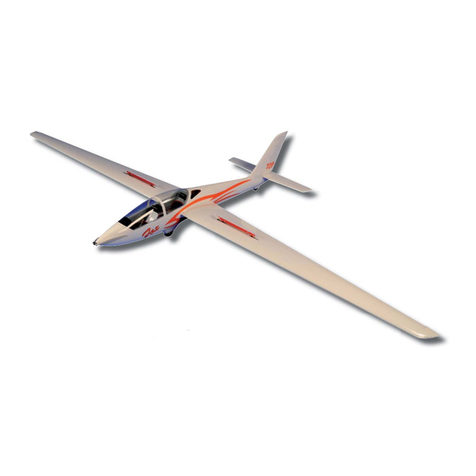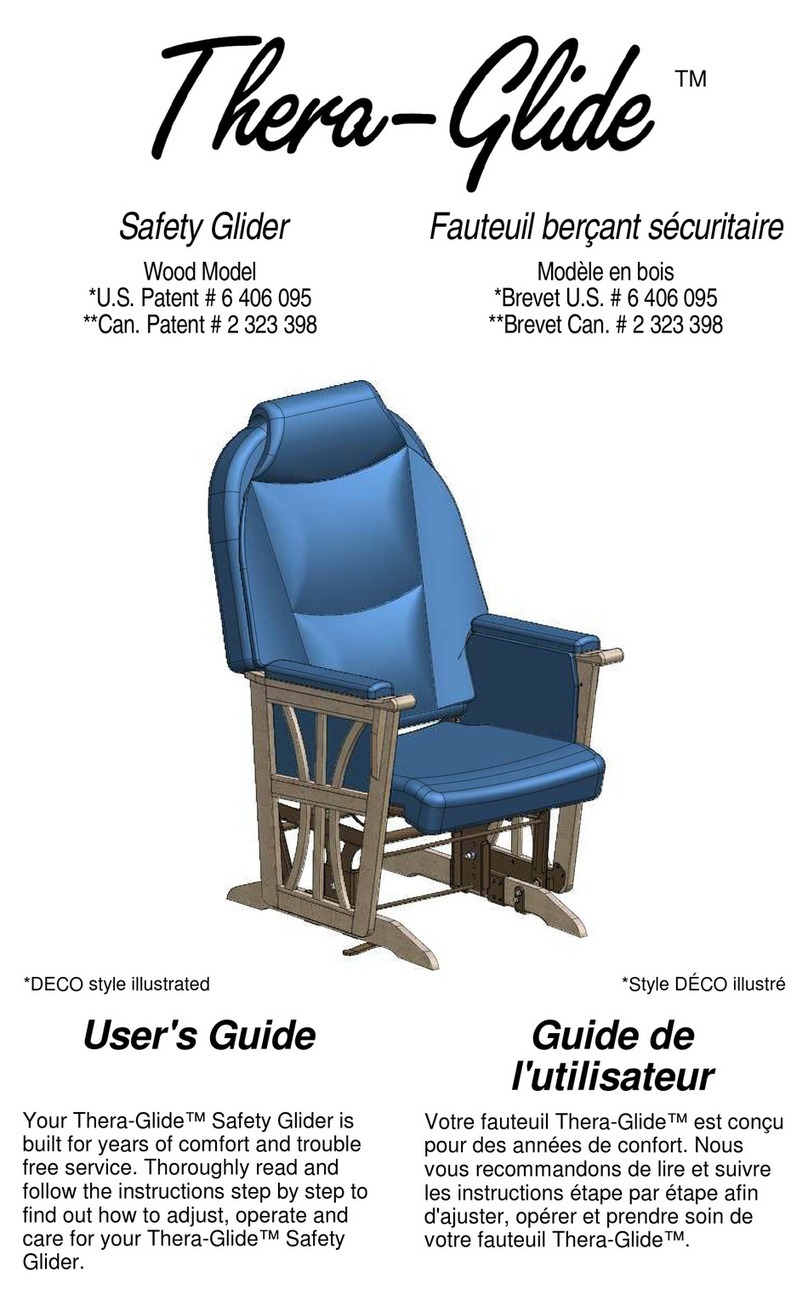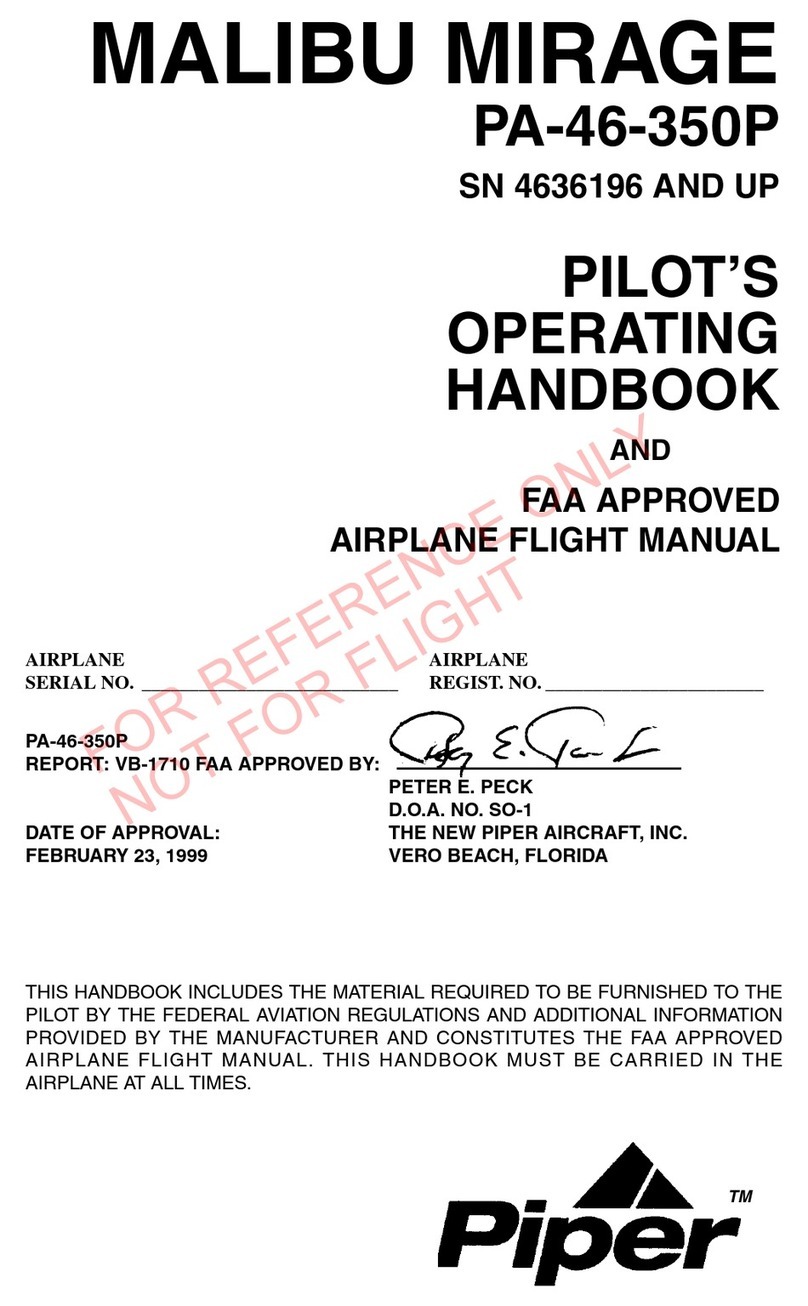
Certified Flyers II
Duchess Multi-Engine Study Guide
Propellers
The airplane is equipped with two Hartzel 76 in, constant-speed, full feathering, two-blade
propellers. Springs and dome air pressure, aided by counterweights, move the blades to the high
pitch (feathered) position. Propeller rpm is controlled by the engine-driven propeller governor
which regulates oil pressure in the hub. The propeller controls, on the control console, allow the
pilot to select the governor’s rpm range. Springs and dome air pressure, aided by counterweights,
move the blades to high pitch. Engine oil under governor-boosted pressure moves the blades to
the high rpm position.
Constant Speed- is the ability to vary propeller pitch to maintain a constant engine rpm. When
the propeller control is moved forward, positive oil pressure, regulated by a propeller governor,
drives a piston, which rotates the blades to a low pitch high RPM (unfeathered) position. When
the propeller control is moved aft, oil pressure is reduced by the propeller governor. After an rpm
is selected, the prop governor will automatically adjust oil pressure inside the propeller hub. This
results in a constant propeller rpm regardless of flight attitude or manifold pressure setting.
Feathering- is when the propeller blades are in alignment with relative wind. Feathering reduces
the amount of drag produced by the propeller windmilling by reducing its exposed area to the
relative wind. This is accomplished by moving the propeller control to the low rpm (feather)
position.
The propellers should be cycled occasionally during cold weather operations. This will maintain
warm oil inside the propeller hubs.
If oil pressure is lost when the engine is operating above 950rpm’s (it will be in any phase of
normal flight) then the propeller will automatically go into the feather position.
Fuel
The BE76 Duchess uses aviation gasoline, grade 100 (green) or grade 100LL (blue). The fuel
system is an “ON-CROSSFEED-OFF” arrangement and controlled by the fuel selectors located
on the lower center floor panel. Total capacity is 51.5 gallons per wing tank with 50 gallons is
unusable in each tank. Each wing fuel tank has a visual measuring tab with markings for 30 (28.5
useable), 40 (38.5 useable) and full at tank top.
There are two engine-driven and two electrically driven auxiliary fuel pumps. The electric fuel
pumps are used for engine start, takeoff, landing, and fuel selector changes. The fuel selector
remains in the on position during normal operations, with each tank feeding its respective engine.
Engine priming is accomplished by using the “PUSH TO PRIME” switch in accordance to
normal procedures.
Fuel cannot be transferred from tank to tank; however, either tank may feed both engines in
crossfeed mode. The cabin heater, located in the nose compartment uses approximately 2/3
gallon per hour from the right fuel system only.
The fuel crossfeed system is to be used during emergency conditions in straight flight only.




















